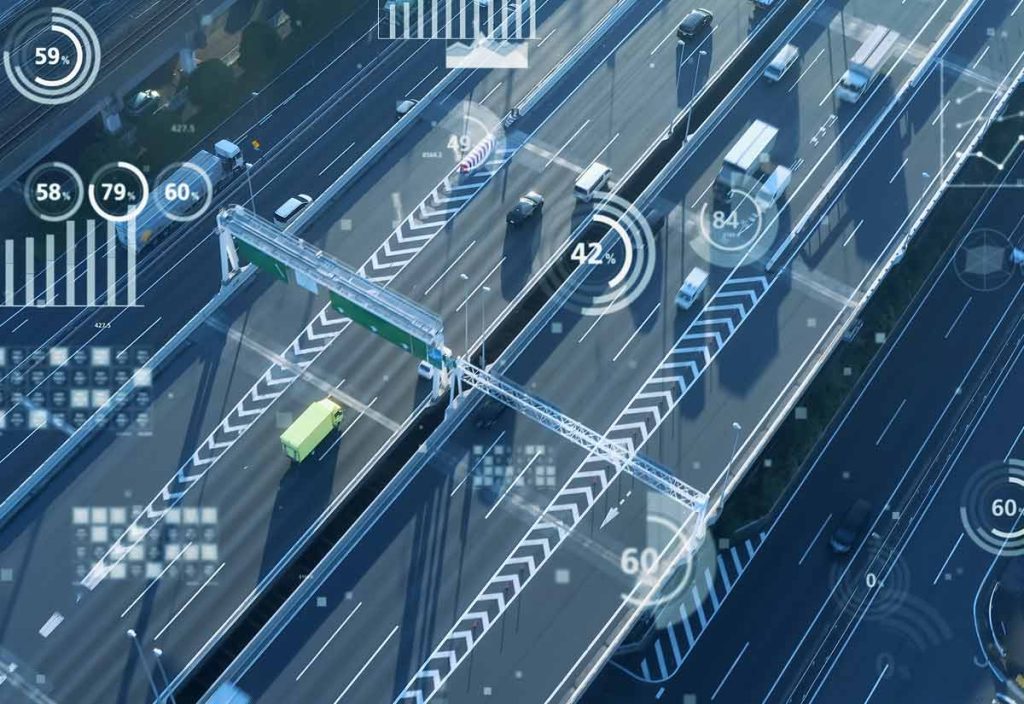McKinsey suggests that the COVID-19 crisis will reshape the construction industry, radically shift supply and value chains, and create the blueprint for the industry moving forward. While all of these are certainly true, COVID-19 isn’t simply a “disrupter.” It’s a tangible threat to the industry’s bottom-line. How is COVID-19 impacting the 2021 forecast for construction, as well as what’s left of 2020?
Ed Zarenski — a construction economics analyst that runs the blog Construction Analytics — recently compared last year’s 2020 forecast with actual yields so far this year. In doing so, Zarenski is attempting to provide the most accurate measure of industry decline. The difference between these two numbers (i.e., actual YTD vs pre-pandemic forecast YTD) represents the impact COVID-19 has had on spending, starts and cash flow.
Project Delays and Shutdowns Tarnish Predictions
Shutdowns and delays don’t usually hit the record books immediately. Slowdowns in these areas will play out over a few years. For larger products with three to four-year windows, these delays and shutdowns may not accurately show cash flow frictions for half a decade.
However, shutdowns and project delays highlight current market conditions. In addition, these variables showcase the impact of global restrictions, and help us forecast down-the-line cash flow and liquidity issues that may be generated due to COVID-19.
Residential
Year-to-date, total construction starts (when compared with early-year predictions) are down 14 percent. Residential construction — which has been held above water by unprecedented housing demands and local ordinances meant to jumpstart the economy — is down a mere 5 percent.
Highway and Bridge Development
Perhaps surprisingly, highway and bridge development is up compared to forecasts. Patrick McKenna, President of the American Association of State Highway and Transportation Officials (AASHTO), went on record in May discussing how highway and bridge construction could potentially be halted for up to a year and called the issue “a very large concern.” However, infrastructure — particularly in this segment — is being fueled by pseudo-stimulus programs aimed at pushing economic recovery. This particular area of construction continues to push forward despite pandemic guidelines.
Nonresidential
The biggest fall is in nonresidential, which is down 22 percent. While the future impact of COVID-19 on the construction industry remains a well-discussed mystery, the truth is: nonresidential construction has suffered massive losses over the past few months.
A recent Duker Frontier report notes that nonresidential historically declines in-line with economic downturns. However, they also note that additional COVID-19 specific challenges have hit nonresidential construction particularly hard, including:
- Obtaining permits
- Dealing with virtual inspections
- Talent acquisition issues
- Converging and varying local, state, and federal ordinances
A Decline in New Starts Impacts Cash Flow and Creates Murky Financials
Office, retail, hotels and commercial garages have all suffered from drops in new starts and backlogs. The increased pressure on eCommerce delivery models did spring life into warehouses, which grew slightly from last year. However, even warehouses failed to meet 2019 projections.
The damage isn’t equally spread. In areas like New Jersey, regional starts dropped 63 percent compared to the same month last year. “It’s the economic uncertainty that’s chilling construction,” commented Jeff Burd, owner of the Tall Timber Group.
Starting Backlogs — a measure of the Estimate-to-Complete (ETC) for projects at the start of a quarter — has fallen across all categories compared to early predictions. This backlog friction is going to impact cash flow for years.
The simple truth is this. We aren’t exactly sure how far-reaching the damage is at the moment. The disparity in project lengths and start dates, as well as confusion surrounding when, where and how projects get completed, creates murky financial predictions for the next few years.
2021 Forecast: Low Construction Volume
Construction companies are still operating in unfamiliar territory. With the weight of new ordinances, guidelines and regulatory structures bearing down on company owners, trying to predict cash flow is particularly difficult. But, Ed Zarenski puts together a compelling case backed by the Department of Commerce data.
According to Ed, 2020 spending will go up 1.4 percent compared to 2019. Then, in 2021, spending will be down by 1.4 percent. To top things off, he predicts that “we will not see construction volume return to February 2020 levels at any time in the next three years.” His argument is that this cash flow shrinkage will reduce available jobs in construction.
However, it’s a mixed bag. Past surveys, like this one during the 2008 recession, indicate that people flock to new jobs, and few invest in skilled training during an economic downturn. If COVID-19 is anything like past economic stagnation, fewer people will return to construction, creating a war for talent, much like we still see today.
About Resource Erectors
Resource Erectors pairs hyper-talented and highly-trained construction talent with growth-hungry construction companies. We maintain strong relationships with thousands of motivated professionals, and we can help pair your company with talent capable of filling a variety of roles. Contact us to learn more about how Resource Erectors can help you secure the talent you need to survive economic instability.








